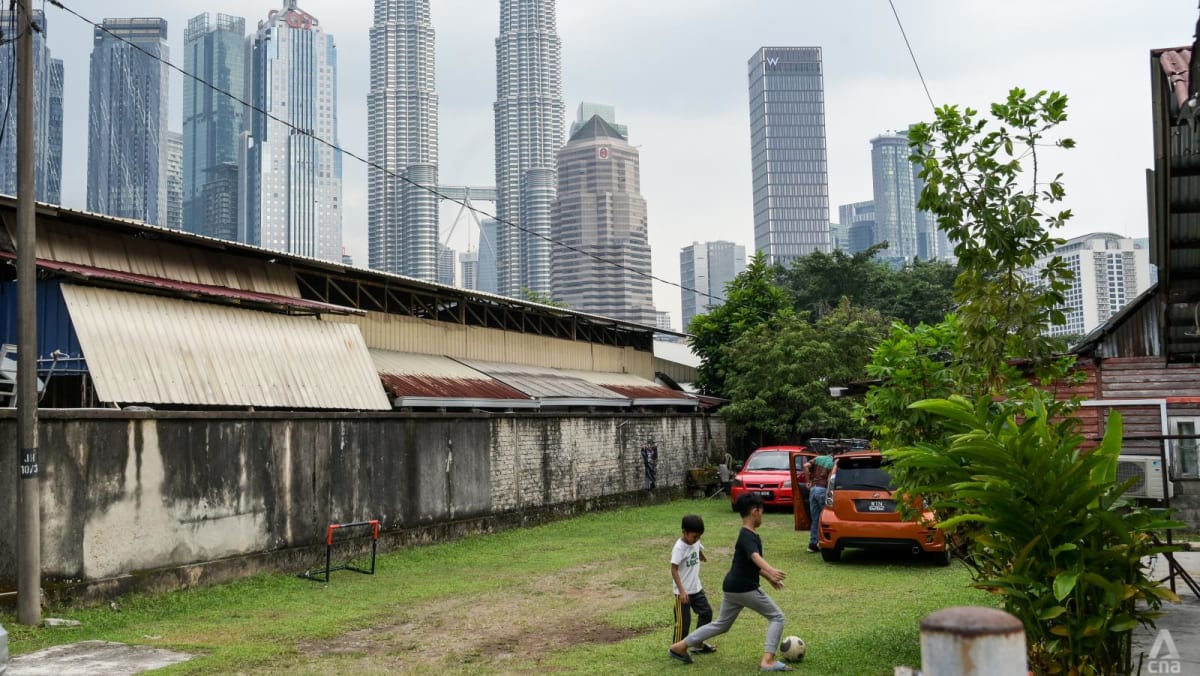
Other perpetrators who are known to victims are usually in some sort of a romantic relationship. This is when a girl is asked to perform indecent acts on camera, and might not even know that they are becoming a victim of child pornography.
“The latest trend I see is that boys like to record these acts as a kind of keepsake,” ACP Kamsiah said.
Perpetrators who are not known to victims usually start off by using a fake account or identity to get in touch with their victims on private messaging apps.
“The perpetrators usually befriend the victims and convince them to be lovers. Then they start to engage in explicit conversations, until the victim is influenced to share things like nude pictures,” ACP Kamsiah said.
“This is when the perpetrator takes the opportunity to record or download these images, which will then be used to threaten and trap the victim into eventually having sex.”
In some cases, the videos and images are shared with friends on various platforms, or if paedophilic elements are involved, in private groups or on the dark web.
ACP Kamsiah said these child sexual abuse material cases often escalate to physical sexual abuse, pointing out that they usually start with the sharing of explicit images, and culminate in having sex with a minor.
“They start with sharing nude images, then they meet and engage in sexual intercourse. So when a report is made, the police will classify it as a case of rape,” she said.
CHALLENGES: STIGMA, MANPOWER SHORTAGE
Dr Rahman believes it is important that child survivors of sexual abuse be given not only physical shelter, but also sustained emotional support. He said some privately-run shelters lack intervention and counselling resources.
“They don’t even have counsellors, and they are banking on volunteers to chip in,” he said, adding that he helps monitor 30 private shelter homes registered in Selangor.
“If let’s say the kids do not receive any proper and continuous intervention, throughout the years (the trauma) will be triggered again.”
Dr Nayagam, who has four decades of experience handling child abuse cases, said suspected cases are first sent to hospitals to get a physical check-up. If the doctors confirm the abuse, the cases could be reported to authorities.
During case discussions with other agencies, he said he tries as far as possible not to place children in shelters, citing the “stigma” that comes with it.
Children need to be emotionally stable in the company of a family member, like a grandparent or cousin, he said.
Child survivors are placed in a shelter as a last resort. They usually stay for about six months, and move out when a caregiver can take them in, or when they are nearing 18 and ready to live and work independently.
Nevertheless, Dr Nayagam feels there is a lack of manpower in the child social service ecosystem, in terms of social workers, counsellors and psychologists.
“But we are moving in the right direction,” he said.

